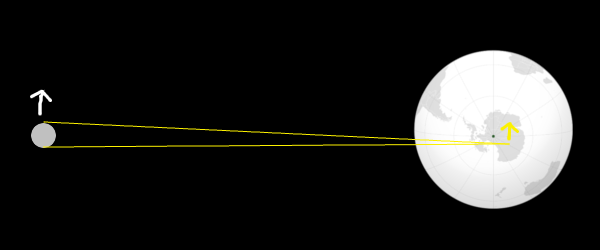Well, the New York Times published a provocative opinion article Saturday by Timothy Snyder, likening the Holocaust to climate change and Nazi Germany to the U.S.* “Today we think of the Nazi Final Solution as some dark apex of high technology.” — wait, what? Huh? What do you mean we, kemosabe? What way is this an apex of high tech in any manner, however dark? If there was a “dark apex of high technology” used in that terrible war, it would be the atom bomb. Two paragraphs later the author writes “The quest for German domination was premised on the denial of science.”, as if he didn’t know that science denialism and high technology go together like oil and water. Oddly, after this cheap swipe at high tech at the start, in the second half of the article Tim Snyder seems to encourage technological contributions to the fight against greenhouse gas emissions.
Moving on… Fighting wars over farmland goes back to well before history began. As that is not new, what is riling up Mr. Snyder? Hygiene and modern (ie, evidence-based [ie, scientific]) medicine has led to population growth so that the carrying capacity of the land becomes a factor of much greater concern — when disease and misadventure limit the population moreso than famines, there is no point to plowing marginal farmland. If you want an authentically greater danger to be concerning yourself with, consider that antibiotic resistance threatens to erase what is perhaps the greatest contribution to the fight against disease by medical technology.
So, if it’s not about averting hunger, why has there been so much violence performed with the goal of securing farmland? Historically, it really was about hunger! A localized crop failure (caused by any of dozens of reasons, let’s say drought) lowers the carrying capacity of the farmed land, so there’s a famine, resulting in efforts to gain more farmland, but once the drought passes, the typical capacity of the old plus the new farmland becomes the new normal, and so when the lemmings swarm and decimate the crops you get a famine again, meaning you need more farmland, in a cycle every historian is depressingly familiar with. The old-school way out of this trap was to actually treat the “new” farmland as a buffer for dealing with shocks to the food supply, not as a normal part of how you feed the populace, and go bank the excess crop in a granary. The newer way out is to sell the excess crop because nowadays we have enormous wide-area food markets, and during lean times you go buy food from these markets you earlier sold to. Note that neither of these will handle a long-term, wide-area reduction in farm capacity, such as that caused by the Little Ice Age, and the climate change phenomenon we’re currently in could possibly become a crisis at least as severe.
Getting back to the main point of the NYT article, the observation that populations are increasing faster than farmed land of course isn’t news; it has been well known since being popularized by Thomas Malthus. So far, global Malthusian crises haven’t occurred because we’ve been turning more and more natural habitats previously considered non-arable into farms (due to advances in irrigation, etc.), and per-hectare farm productivity has been growing (pun intended) and Malthus didn’t foresee the Green Revolution. Whether productivity can (or more precisely, at what point can it no longer) continue to grow is a contentious question. Monsanto et al. insist that genetically engineered crops will be the Green Revolution II. Personally, I favor reducing our trophic level by getting more of our protein from beans and eating less meat — meat is phenomenally inefficient on a nutrients per hectare-year basis.
In theory, you can step off the treadmill of growing population requiring increasing food production by stabilizing your population and reaching a level of food production which can comfortably feed that population with an acceptable amount of farmed land at sustainable farm productivity levels. Then you get to sit back and say “problem solved!” without having to get more land to till or handing control of your agriculture to Monsanto Inc. — at least until climate change goes and torpedoes your farms’ productivity.
So yeah, let’s get on fixing that greenhouse gas emission thing, like right now. But it’ll happen much better if we make use of technology instead of trying to fight the advance of tech. When you have the options of “using tech” and “fighting tech”, the former has always worked out better than the latter. That will still hold true when it comes to the matter of climate change’s impact on global agriculture.
* Quoting verbatim: “Hitler spread ecological panic by claiming that only land would bring Germany security and by denying the science that promised alternatives to war. By polluting the atmosphere with greenhouse gases, the United States has done more than any other nation to bring about the next ecological panic…” There’s more in the article.


![[Earth and moon]](/img/eclipse-diagram5.png)
![[Eclipse in Pacific Ocean]](/img/eclipse-diagram4.png)
![[Antarctic eclipse, side view]](/img/eclipse-diagram6.png)
